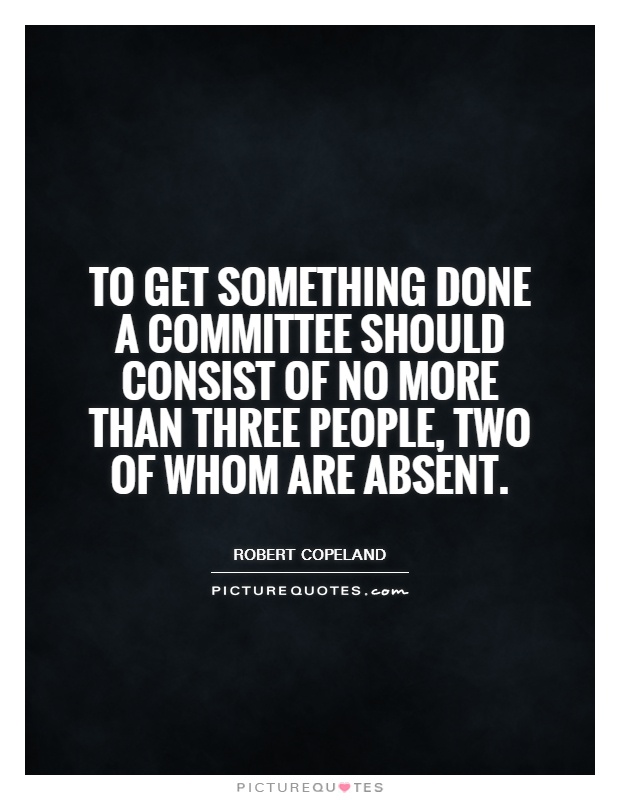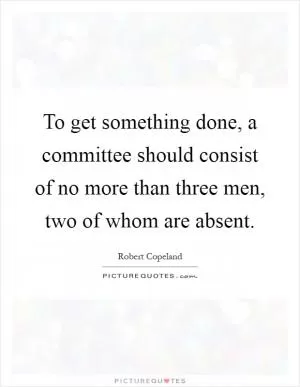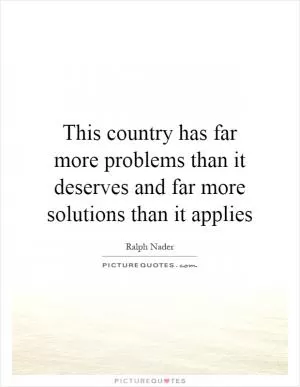To get something done a committee should consist of no more than three people, two of whom are absent

To get something done a committee should consist of no more than three people, two of whom are absent
Robert Copeland was a firm believer in the idea that to get something done efficiently, a committee should consist of no more than three people, with two of them being absent. This may seem like an unconventional approach to teamwork, but Copeland had his reasons for advocating for such a small and selective group.One of the main reasons Copeland believed in this approach was to avoid the pitfalls of groupthink. Groupthink occurs when members of a group prioritize harmony and consensus over critical thinking and decision-making. By keeping the committee small and ensuring that two members are absent, Copeland believed that there would be less pressure to conform to the opinions of others and more room for independent thought and diverse perspectives.
Additionally, having only three members on the committee would streamline the decision-making process and prevent unnecessary delays. With fewer people involved, it would be easier to reach a consensus and move forward with a plan of action. The absence of two members would also prevent the committee from becoming bogged down in endless debates and discussions, allowing for more efficient and effective decision-making.
Furthermore, Copeland believed that having two members absent would encourage greater accountability among the remaining members. With fewer people to share the responsibility, each member would be more likely to take ownership of their tasks and ensure that they are completed in a timely manner. This would help prevent the committee from becoming complacent or ineffective.
Overall, Copeland's approach to committee work may seem unorthodox, but it was rooted in a desire for efficiency, independence, and accountability. By keeping the committee small and ensuring that two members are absent, Copeland believed that he could avoid the pitfalls of groupthink, streamline the decision-making process, and promote greater accountability among team members. While this approach may not work for every situation, it certainly had its merits in the context of Robert Copeland's work.












 Friendship Quotes
Friendship Quotes Love Quotes
Love Quotes Life Quotes
Life Quotes Funny Quotes
Funny Quotes Motivational Quotes
Motivational Quotes Inspirational Quotes
Inspirational Quotes